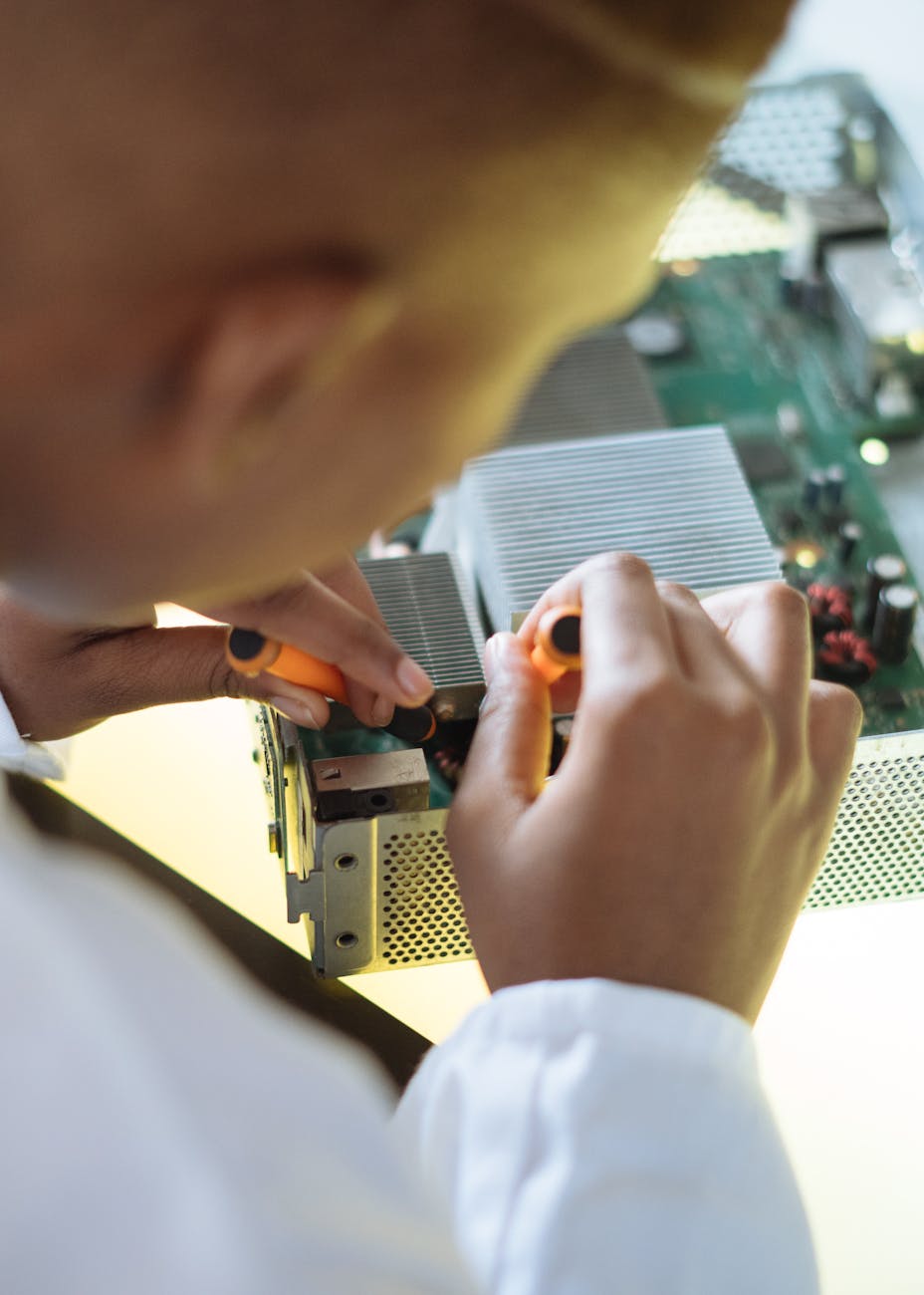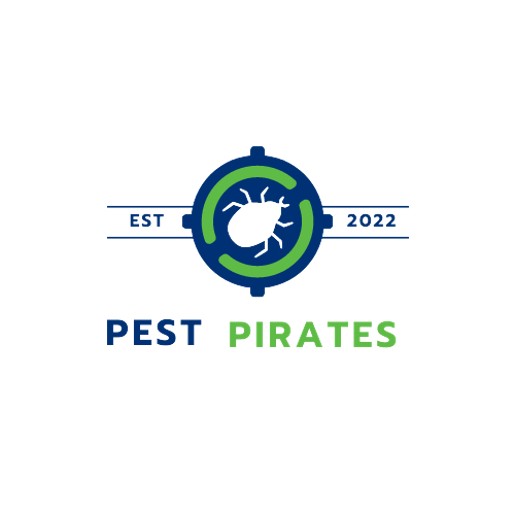
Understanding Termite Infestations
Protecting your home from termites begins by understanding their behavior and the conditions they thrive in. This knowledge is vital for identifying infestations early and implementing the most effective treatment strategies.
Characteristics of Dampwood Termites
Dampwood termites are particularly attracted to wood with high moisture content. They typically infest water-damaged wood, wood in contact with the ground, such as stumps and fallen logs, and areas affected by leaks, like those from roof or cracked drainpipes (Orkin). Unlike other termite species, dampwood termites do not construct mud tubes for movement. Instead, they create entry holes in wood that they seal with their feces to maintain the necessary humidity within their living galleries.
Here are some key characteristics to help you identify dampwood termites:
- They infest wood with high moisture content.
- They cover entry holes with feces, which is a sign of their presence.
- The infested wood appears clean and smooth inside.
- They often consume wood across the grain, particularly in decayed wood areas.
- They do not typically have contact with soil, unlike subterranean termites.
Understanding these characteristics is crucial for dampwood termites control and can aid in the early detection of an infestation.
Differences Among Termite Species
Not all termites are the same, and recognizing the differences among species is essential for effective control. For instance, subterranean termites build mud tubes and are generally found in soil, while dampwood termites live entirely within the wood they consume. Identifying the type of termite you are dealing with will influence the treatment method you choose.
The following table highlights some differences between common termite species:
| Termite Type | Habitat | Identification Signs | Mud Tubes |
|---|---|---|---|
| Dampwood | Moist wood, no soil contact | Smooth wood galleries, fecal coverings | No |
| Subterranean | Soil, wood-soil contact | Mud tubes, soil in wood galleries | Yes |
| Drywood | Dry wood, no soil contact | Fecal pellets, clean galleries | No |
For more information on the various types of termites and their treatment options, such as drywood termites elimination and formosan termites eradication, explore our comprehensive guides.
Knowing how to differentiate dampwood termites from other species, such as subterranean or drywood termites, is the first step in protecting your home. Keep an eye out for the signs of termite infestation and understand that each termite species may require a different approach to control and elimination.
Effective Termite Treatment Methods
When you’re faced with a termite infestation, finding an effective treatment method is crucial to protect your home from these wood-destroying pests. Here, we’ll discuss some reliable treatments that can help you gain control over dampwood termites and safeguard your residence.
Liquid Treatments
Liquid termiticides offer a popular and potent defense against termites. These treatments typically involve creating a trench around your home’s perimeter and applying an insecticide to form a barrier in the soil. This method is known for its longevity, providing a shield against termites for over five years according to Rutgers NJAES. In the Southeast, including Mississippi, liquid treatments are a go-to choice and, when applied correctly, can offer protection for as long as 8 to 12 years (Mississippi State University Extension Service).
Foam termiticides are also available and can be used to supplement liquid treatments. They can be injected into wall voids and other inaccessible areas, spreading laterally and even upwards to reach spots that liquid treatments might miss.
Here’s a glimpse of the effectiveness of various liquid termiticide treatments:
| Treatment Type | Duration of Effectiveness |
|---|---|
| Standard Liquid Termiticide | 5+ years |
| Advanced Soil-Applied Termiticide | 8 – 12 years |
| Foam Termiticide (Supplementary) | Varies based on use |
For more information on liquid termiticides and how they compare to baiting systems, check out our guide on liquid termiticides vs baiting systems.
Eco-Friendly Solutions
If you’re looking for more environmentally conscious options, there are eco-friendly solutions available for termite control. Borate treatments, for instance, involve the use of disodium octaborate tetrahydrate, a natural mineral that is mixed with water and applied as a preconstruction treatment. This method is especially effective on the wooden elements of your home that are in contact with the concrete foundation (Mississippi State University Extension Service).
Termite baiting stations represent another eco-friendlier approach. These stations use low doses of non-repellent insecticides, which are attractive to termites but slow-acting, allowing the termites to spread the poison throughout the colony. When installed and maintained properly around the perimeter of a building, baiting stations can be a highly effective long-term method for keeping your home termite-free.
For those interested in DIY solutions, explore our article on get rid of termites naturally, which includes information on homemade termite killer recipes and organic termite treatment options.
Remember, whether you opt for a chemical treatment or an eco-friendly method, it’s important to conduct regular termite inspections to ensure your home remains protected. If you’re unsure about handling termite treatments yourself, don’t hesitate to contact a reliable termite control company for professional assistance.




